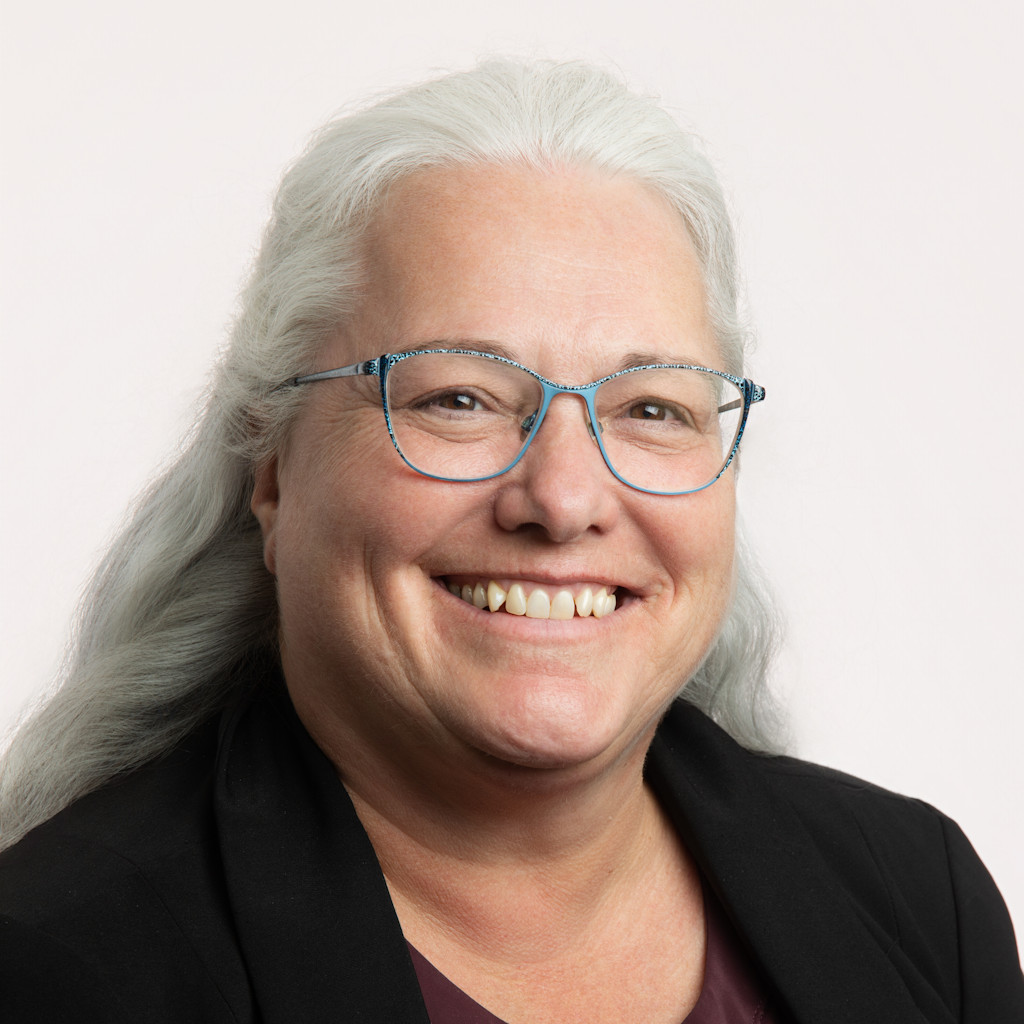
Varme Energy brings in CEO from Norway for first-of-its-kind facility
As the carbon capture industry accelerates in the province, Varme Energy Inc. has brought its leader from Norway to Edmonton to help secure a final investment in a facility it's building in Alberta's Industrial Heartland.
"When we saw that things are going to go slower in Europe on carbon capture, we decided to put all of our focus on Canada," Andreas Grav Karlsen, who holds senior positions with Varme Energy Inc. and its majority owner, Varme Energy AS, told Taproot. "I'm here to add support to the team, to focus on the commercial piece, and on project development."
In January 2024, the company announced a 15-year deal with the City of Edmonton that will see it take 150,000 tonnes of the city's landfill waste, for which the city will pay a disposal fee. Varme plans to both burn that waste to generate electricity as well as to capture carbon in the process, and to reclaim anything in the waste that has reuse value. Varme anticipates its facility will be up and running in 2027. It will be built in Strathcona County on land owned by Gibson Energy.
Varme is also planning to build similar facilities in Innisfail and in Midlands, England, but the Heartland project is outpacing the others, Karlsen said. He said that's because the Edmonton region has carbon-capture infrastructure like the Alberta Carbon Trunk Line, a 240-kilometre pipeline built to transport carbon into depleted oil reservoirs. The trunk line, built between 2018 and 2020, is the largest carbon capture and storage project in the world, according to the provincial government. Alberta is also "very industry friendly" and has a deregulated energy market, Karlsen added.
Sean Collins, the CEO of Varme Energy Inc., declined to disclose exactly where the company's new facility will be located, but shared it is "single-digit kilometres" from incoming carbon-capture infrastructure like Shell's Polaris and Bison Low Carbon Ventures's Meadowbrook project.
The proximity to that infrastructure lowers the cost to store captured carbon, Karlsen said. On cost, he compared his former home, Norway, where captured carbon must be transported by truck and boat before being stored, to Alberta. "The cost per tonne in transportation storage is three to four times higher in Europe," he said.
Carbon capture, storage, and utilization has many critics. Some suggest it is "smoke and mirrors" to help industries that produce hydrocarbons also appear to be acting on climate change. Environment Minister Steven Guilbeault said the technology can play a role in fighting climate change but "won't fix our climate change problem."
Collins said carbon-capture technology is not being used to defend the expansion of oil and gas production, and that it's proven to work. Carbon is "not a bogeyman, it's just a gas," he said. "You capture it and monetize the sequestration of that."
The region has been burned by carbon-capture projects in the past. Last spring, Capital Power pulled the plug on a planned $2.4 billion carbon capture facility. It said while carbon capture is technically viable, the project was not economically feasible.
Collins said Capital Power's project was about 100 kilometres from carbon pipelines, while Varme's is much closer.






